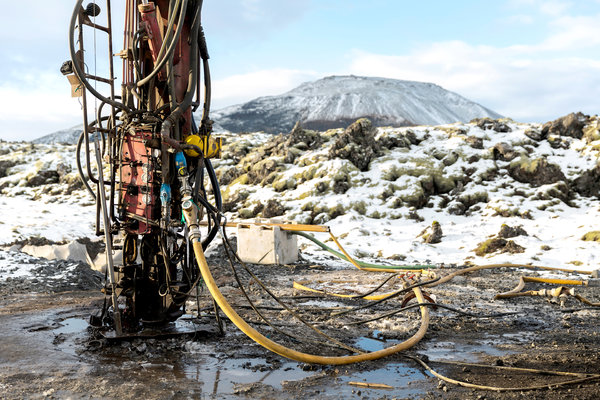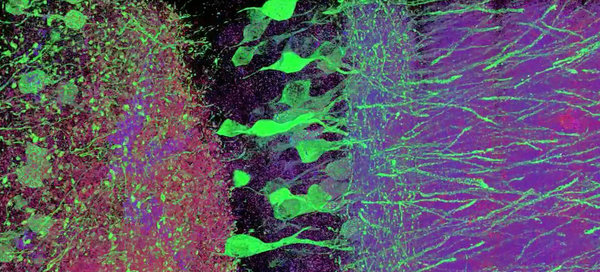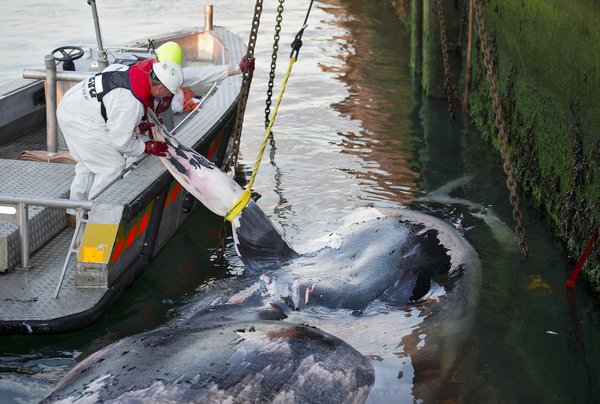The New York Times
-

Turning Carbon Dioxide Into Rock, and Burying It
In a test that began in 2012, scientists had injected hundreds of tons of water and carbon dioxide gas 1,500 feet down into layers of porous basaltic rock, the product […]
-

Can Attention Deficit Drugs ‘Normalize’ a Child’s Brain?
Recent research that says that A.D.H.D. pills can “normalize” a child’s brain over time has drawn criticism.
-

A Discredited Vaccine Study’s Continuing Impact on Public Health
Some parents feel certain that vaccines can lead to autism, if only because there have been instances when a child got a shot and then became autistic. Post hoc, ergo […]
-

Learning From Animal Friendships
Videos of unlikely animal pairs romping or snuggling have become so common that they are piquing the interest of some scientists, who say they invite more systematic study. Among other […]
-

New Phase of Space Travel Hopes to Set Sail on Sunlight
To sail on winds of sunlight has long been a dream of rocket scientists. The Planetary Society, a nonprofit that promotes space exploration, announced Monday that it would send the […]
-

Expansion Microscopy Stretches Limits of Conventional Microscopes
A new laboratory technique enables researchers to see minuscule biological features, such as individual neurons and synapses, at a nearly molecular scale through conventional optical microscopes.
-

Ocean Life Faces Mass Extinction, Broad Study Says
A team of scientists, in a groundbreaking analysis of data from hundreds of sources, has concluded that humans are on the verge of causing unprecedented damage to the oceans and […]
-

Black Holes Inch Ahead to Violent Cosmic Union
Scientists say a pair of supermassive black holes appear to be spiraling toward a galaxy-wrecking collision that could release as much energy as 100 million supernova explosions.
-

In a New Approach to Fighting Disease, Helpful Genetic Mutations Are Sought
After years of looking for genetic mutations that cause diseases, investigators are now searching for those that prevent them.
